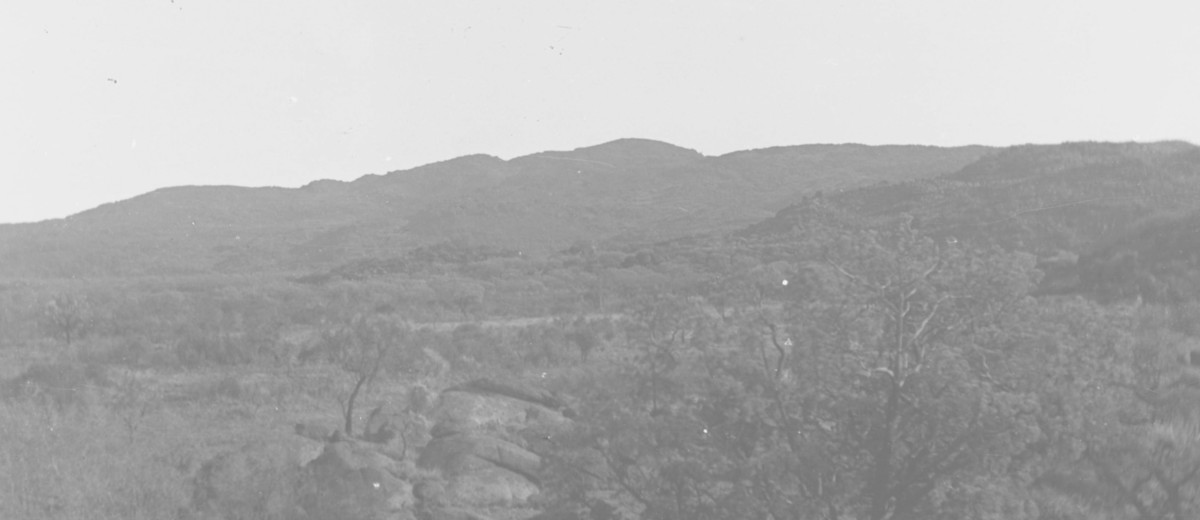Person
ContributeThomas Elder was born in 1818 in Kirkaldy, Scotland, the son of merchant George Elder and his wife Joanna (née Lang). Following his education, he was brought into his father’s shipping, ware-housing and commission firm. By 1835 his entrepreneurial skills were already in evidence and he had made a number of successful investments.
In 1839 George Elder’s firm extended operations to Australia and his sons Alexander, George and William established a trading and commission business in Adelaide. Meanwhile, Thomas’ interest in his father’s business increased and when, in 1854, Alexander and William decided to return to Great Britain, Thomas emigrated to Adelaide and took charge of the Australian arm of the firm. With his brother George, he established Elder & Co. and his main investments and trade were in agricultural and pastoral pursuits. He took shares in flour mills, financed farmers and wool growers, and became an agent and retailer for goods of all kinds. Within three years of his arrival, he was acknowledged as a major force in South Australian business.
In 1856 he formed a new partnership, Elder Stirling & Co., with his brother-in-law, Robert Barr Smith, Edward Stirling and John Taylor. The latter in particular proved a difficult partner and took the business into risky operations. It expanded into the Murray Basin soon after the first steam navigation of the river, began lending large sums to pastoralists moving into the north of the colony and even invested in major runs there. Debts built up to dangerous levels and the firm was soon close to collapse. Its downfall was averted at the last minute when, in 1860, it became the joint owner, with Walter Watson Hughes, of the vast Moonta and Wallaroo copper mines. With his firm acting as the mines’ banker, Elder began to accrue wealth beyond his dreams. The achievement of financing the mines further enhanced his reputation, although he was relieved when the banks took over these obligations.
In 1863 Elder and Robert Barr Smith formed the famous firm Elder, Smith & Co. and returned their attention to the pastoral and farming markets, becoming unrivalled leaders in the field. They built up a huge pastoral empire, which encompassed many thousands of square miles. Elder imported over a hundred camels, bred them at his Beltana station and brought out Afghans to manage them. They proved indispensable in the construction of the Overland Telegraph Line in 1872 and in numerous exploring expeditions of which Elder was a generous supporter. He financed the journeys of Warburton (1872), Ross (1874), Giles (1875), Lewis (1875) and Lindsay (the Elder Exploring Expedition, 1891).
In 1863-69 and 1871-78 Thomas Elder took a seat in the Legislative Council, advocating the pastoral cause and pushing for proper management of the economy. He purchased his best known residence, ‘Birksgate’, at Glen Osmond, and began to display publicly the extent of his good fortune. A private zoo, botanical gardens and lavish furnishings made the property as famous as his yachting and horse racing pursuits. For Elder, Smith & Co., it was imperative that he appear to the world as the picture of corporate success, but for nearly a decade it was Barr Smith’s money that underpinned the failing fortunes of Elder’s pastoral investments. By the mid-1870s, though, his financial position was somewhat restored.
In 1874 Thomas Elder provided £20,000 to help found the University of Adelaide and later endowed the Medical School and the School of Music. These donations led to his being honoured as K.C.M.G. in 1878 and G.C.M.G. in 1888. There is little doubt that he hankered after such recognition and that he enjoyed portraying himself as powerful, influential and wealthy.
Elder died on 6th March 1897 at his home ‘The Pinnacles’ at Mount Lofty and was buried at Mitcham Cemetery. In his will he left large legacies to many public institutions and charities and was lauded at his death by all sections of the community. His statue, unveiled in 1903, stands in front of the Elder Conservatorium on North Terrace.
Media
Add mediaImages

Image courtesy of the State Library of South Australia, SLSA: B 11292, http://images.slsa.sa.gov.au/mpcimg/11500/B11292.htm, Public Domain

South Australian Government Photographic Collection GN06516

Image courtesy of the State Library of South Australia, SLSA: PRG/1/5/326, http://images.slsa.sa.gov.au/searcy/05/PRG280_1_5_326.htm Public Domain

Image courtesy of the State Library of South Australia SLSA B3794, http://images.slsa.sa.gov.au/mpcimg/04000/B3794.htm, Public Domain

Image courtesy of the State Library of South Australia SLSA: B8054, http://images.slsa.sa.gov.au/mpcimg/08250/B8054.htm, Public Domain

Image courtesy of the State Library of South Australia SLSA: B10633, http://images.slsa.sa.gov.au/mpcimg/10750/B10633.htm, Public Domain

Image courtesy of the State Library of South Australia SLSA: B6153, Public Domain



CommentAdd new comment
Quickly, it's still quiet here; be the first to have your say!